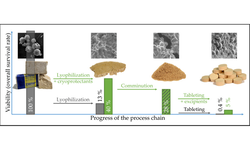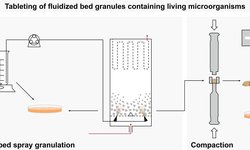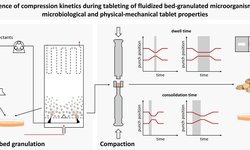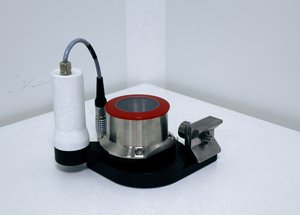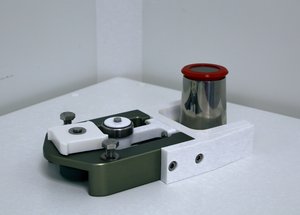Scientific papers
Probiotic microorganisms offer health benefits when administered in a viable form and at adequate doses. Dry dosage forms, particularly tablets, are preferred due to their numerous advantages. However, it is crucial to gently dry the microorganisms to ensure their viability. In this study, the model organism Saccharomyces cerevisiae underwent spray drying, and various additives were tested to enhance yeast cell survival during this drying process. Additionally, the impact of different process parameters, including inlet temperature, outlet temperature, spray rate, spray pressure, and nozzle diameter, was explored.
The results demonstrated the feasibility of drying yeast cells in a manner that allowed for a significant recovery of living microorganisms after reconstitution. Systematic variations in both formulation and process parameters highlighted the essential role of protective additives, with the outlet temperature identified as a key determinant of survival rate. Subsequent compression of the spray-dried yeast led to reduced viability, and the addition of excipients had limited efficacy in improving survival. However, the tabletability of the spray-dried yeast protectant particles remained notably good.
In a noteworthy development, this study established a correlation between the loss of viability during the compaction of spray-dried microorganisms and the specific densification, providing a deeper understanding of the mechanism behind cell inactivation during the tableting process.
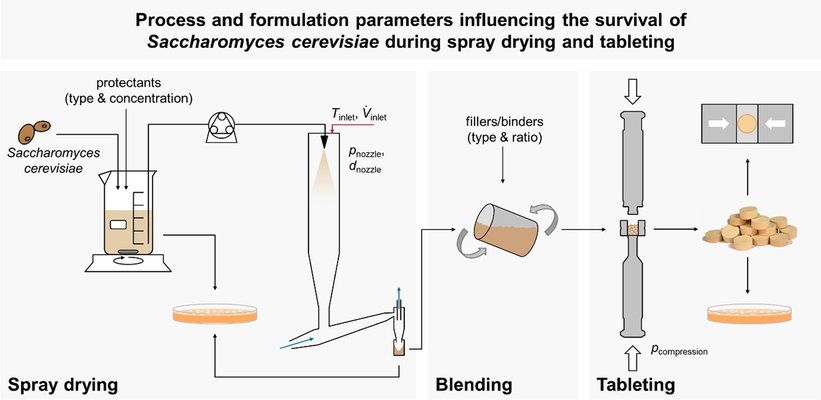
Comments
No comments posted yet.
Add a comment

